Best Steam Deck accessories in Australia for 2025: Our favorite docks, powerbanks and gamepads
These are the best Steam Deck accessories to pair with your handheld gaming PC—peripherals, power, and protection.

We've had to be very patient indeed, but Steam Deck finally, officially launched in Australia in late 2024. Valve started taking orders on November 19, which means Australians no longer have to cope with the inflated prices of grey market sellers. That's good news, but it begs the question: Once I've got my Steam Deck— details on how to secure one are here—what else do I need?
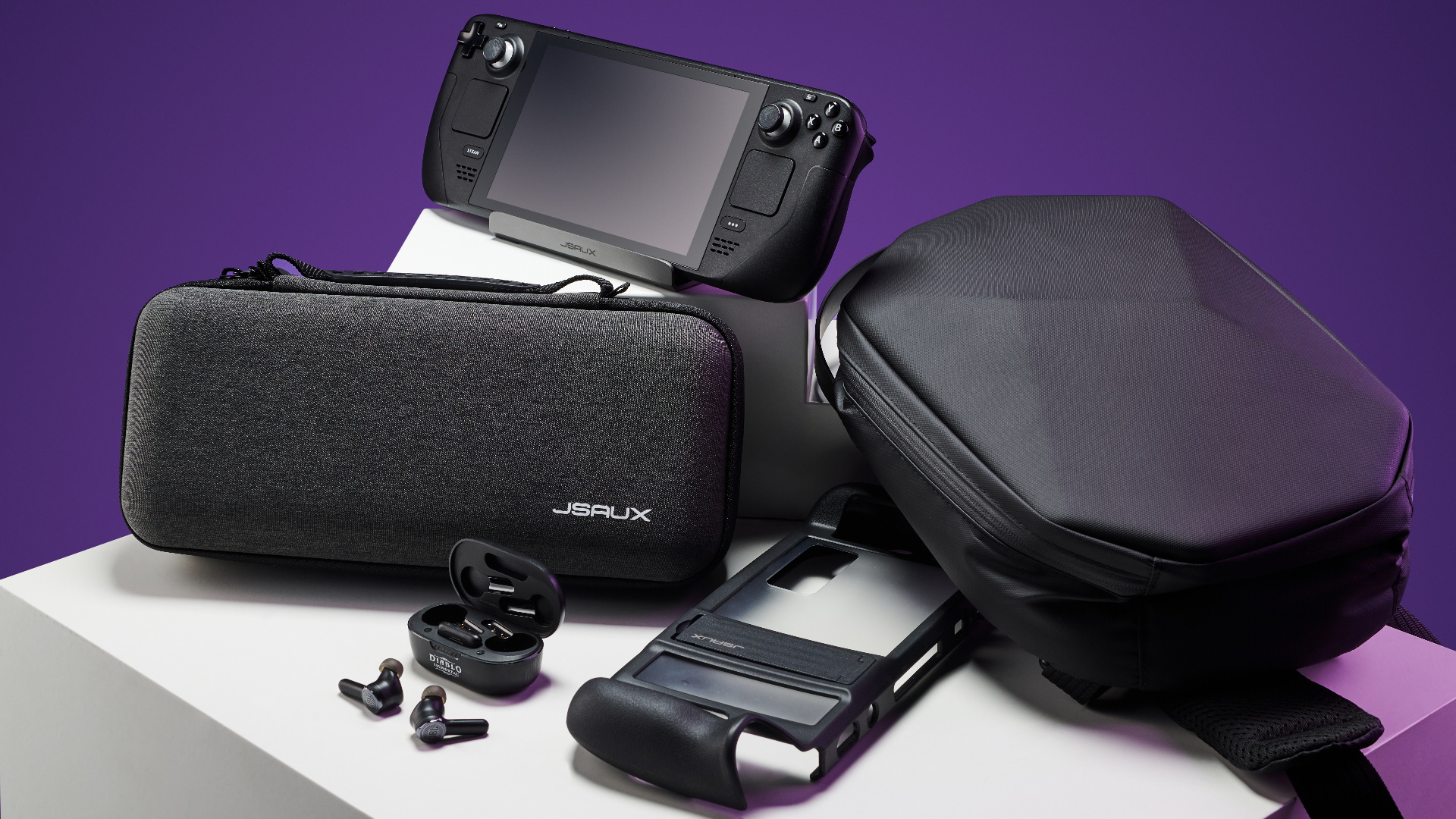
Jump straight to the accessories you want...
At a glance
Best docks
Best peripherals
Best protection
Best cases
Best power banks
The best Steam Deck accessories will level up your portable gaming experience. If you've decided to buy a Steam Deck, accessories should be the next logical step to improve those little issues you've been having with your on-the-go gaming habit. Valve's Steam Deck may be the reigning champion of handheld gaming, but picking out the best accessories for the Steam Deck will give you the edge you need to game just right.
Choosing Steam Deck accessories from the mountains of false-economy rubbish out there isn't an easy task, we get it. Thanks to Valve's very kind offer to release its CAD files, online stores are brimming with innovative accessories—from the exceptionally practical to the downright obscure. Take the Steam Deck joint holder for example, which is somehow both.
Thankfully there are some well established manufacturers racing to make the best Steam Deck accessories. From hard cases, to Steam Deck docks with M.2 slots, to perfectly sized NVMe SSDs for the Deck, there's something to give your portable Linux powerhouse a little hand.
I've spent the past few months testing a bunch of accessory options, and have brought together all the best Steam Deck accessories below so you can feel confident whipping your Deck out in public, or at home. They range from safety accessories, to storage, to a full extra charge so you don't have to panic when your battery starts flagging mid-boss fight. I've even included a great pair of gaming earbuds, and a Steam Deck carry case or two, to jam all your new accessories in.
Best Steam Deck accessories at a glance
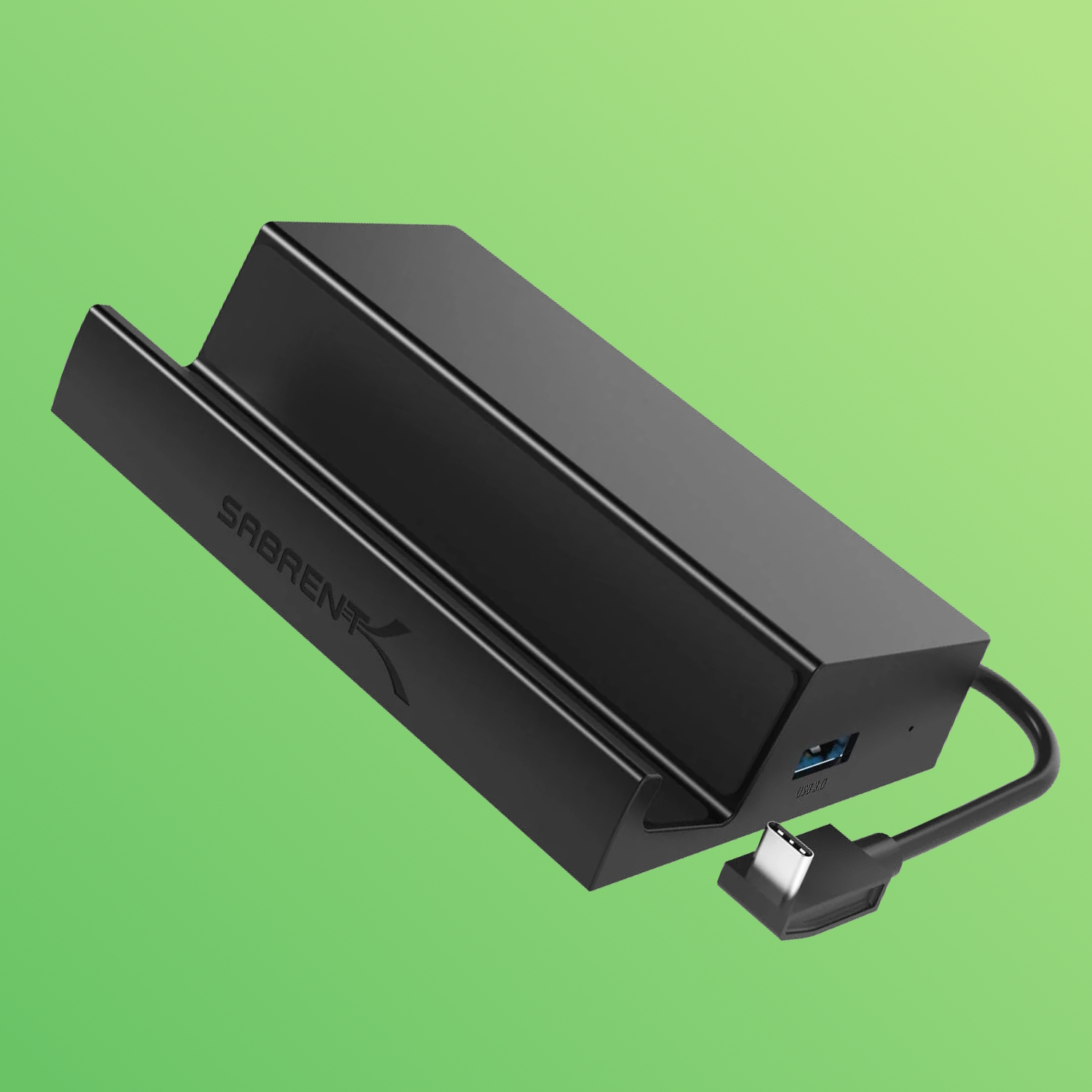
This dock adds a USB Type-C 3.0 port over the more expensive competition. While there's no ethernet port, it's super well thought out, and a fantastic price.
Read more
For
- 95W Power Delivery
- Improves on the competition for less
- Additional USB Type-C 3.0 port
Against
- No ethernet port
- Can't dock with a case on
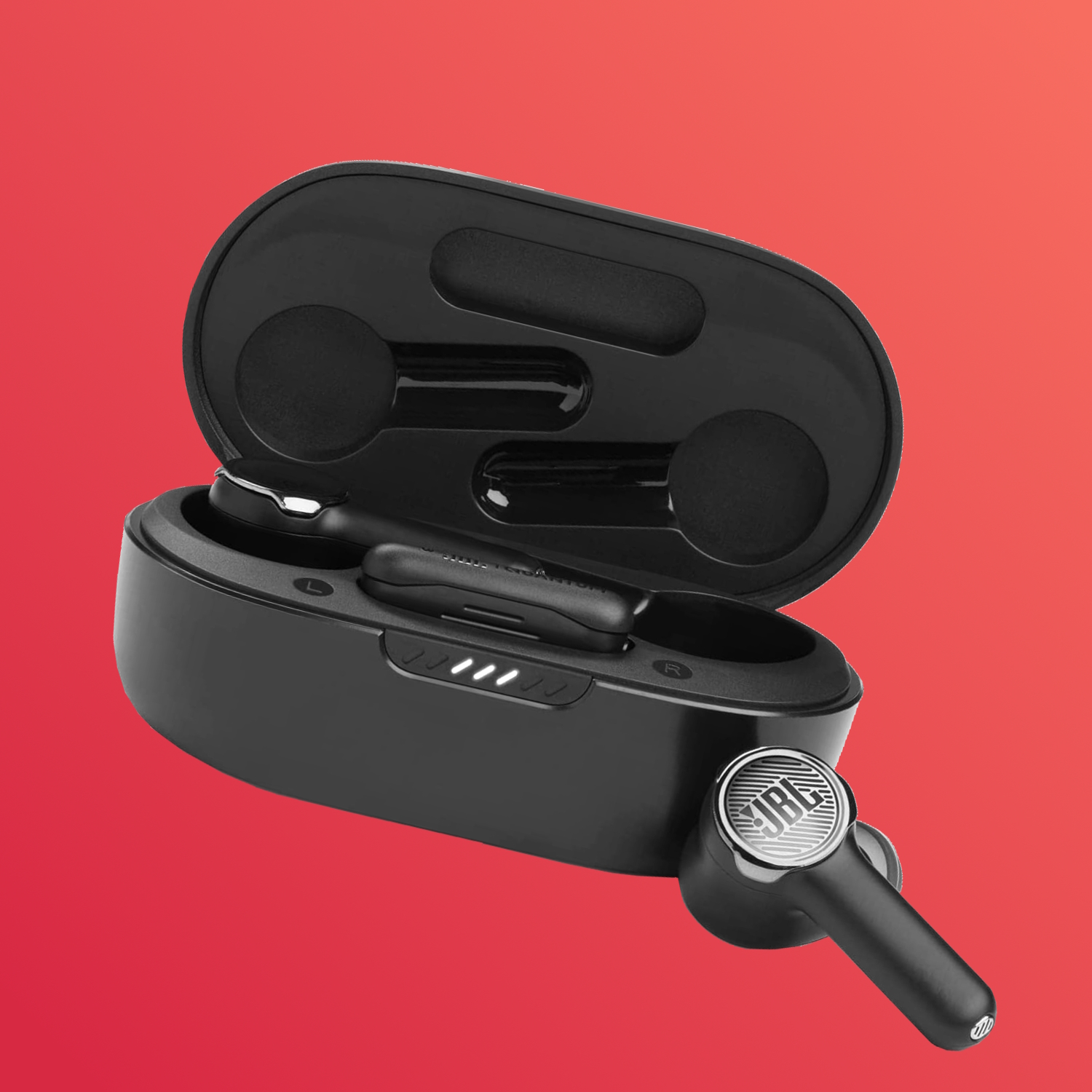
Thanks to great noise cancelling, easy touch controls, and dual connectivity these are the best gaming earbuds we've tested. More portable than a gaming headset, they're the best earbuds for Steam Deck.
Read more
For
- Good price
- Dual-connection
- Solid noise cancelling
- Easy touch controls
Against
- Not the most stunning audio
- Nor the longest battery life
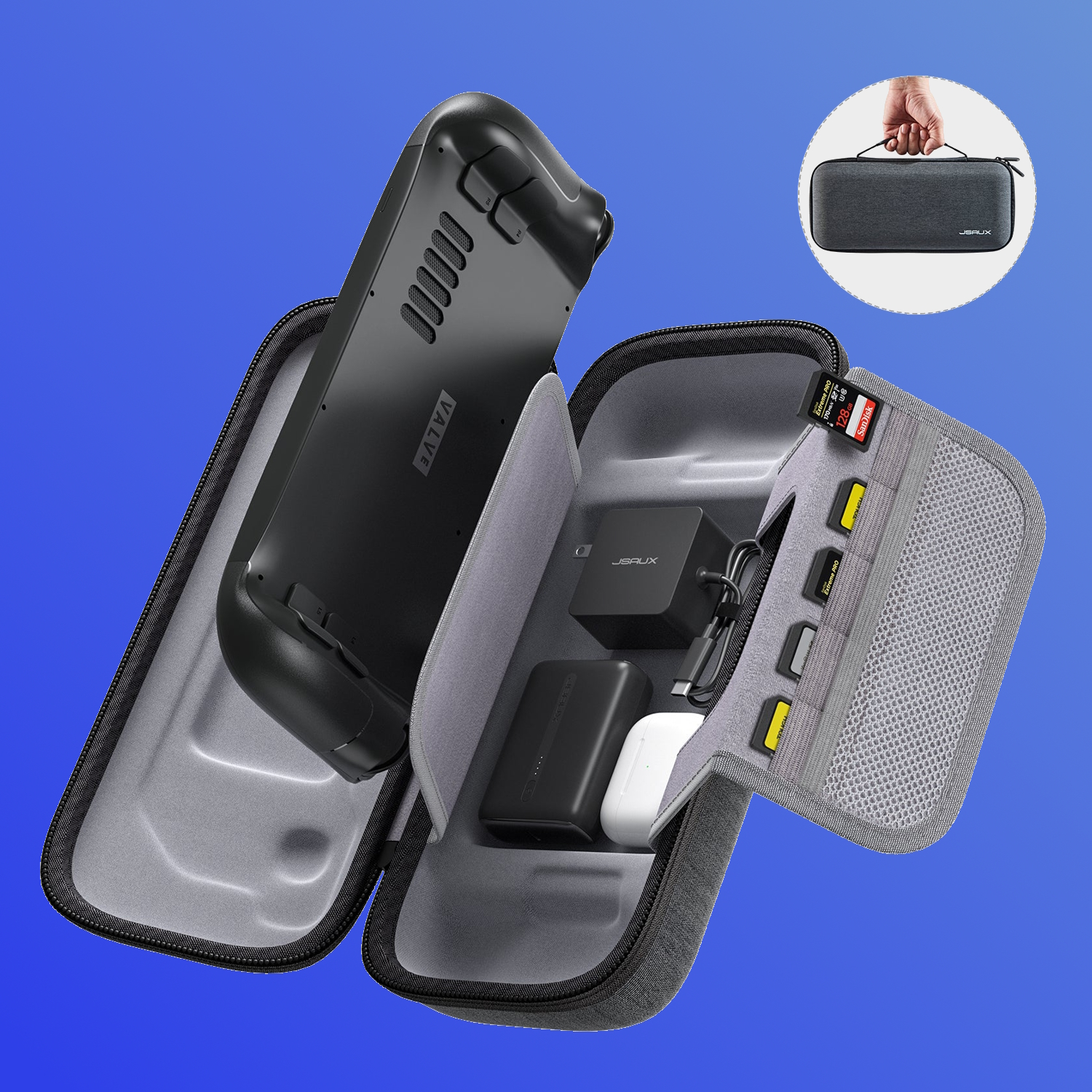
A subtle, sturdy, and practical carry case, this improves on the official case and goes hard on storage space. It's also a really reasonable price.
Read more
For
- Good price
- Dual-connection
- Solid noise cancelling
- Easy touch controls
Against
- Not the most stunning audio
- Nor the longest battery life
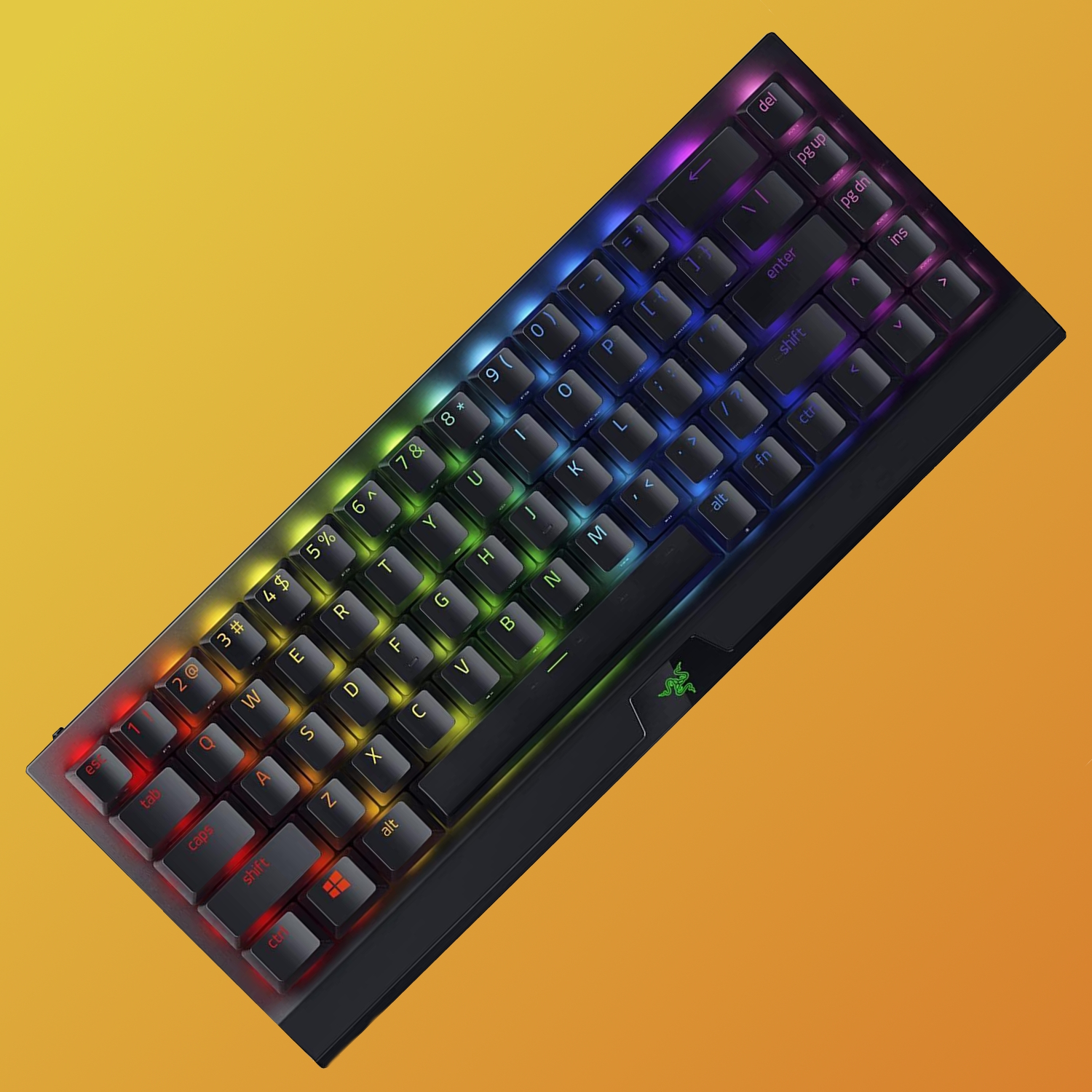
This gaming keyboard delivers portability, connectivity, and helpful cursor keys. It can be expensive but it's worth it.
Read more
For
- Multi-device support
- 65% form factor is great
- 3 connection modes
- Yellow switches are fast, smooth, and quiet
Against
- Razer Chroma tanks battery
- Unnecessarily chunky
- Very Pricey
Best Steam Deck Docks

1. Sabrent 6-Port Docking Station
Our expert review:
Specifications
Reasons to buy
Reasons to avoid
Out of the box, the Sabrent 6-Port Docking Station doesn't feel like a cheap piece of kit. Yet here it comes, trundling onto the Steam Deck accessories scene at an audaciously low AU$43. That's a darn sight cheaper than any Steam Deck Dock I've tested, and while the competition at this price is thin, there's no denying its superiority as a sterling choice of budget Steam Deck dock.
With USB 3.0 all around—three Type-As and an added Type-C to boot—the Sabrent dock has the upper hand against the original AU$50 Jsaux Steam Deck Dock with its (frankly superfluous in 2024) USB 2.0 connections. The Sabrent even manages to match the AU$60 upgraded Jsaux Dock's connections. And although it forgoes the ethernet port (who's playing competitive online games on the Deck anyway?), you do get the fantastic addition of a USB Type-C 3.0 for charging peripherals or further storage—something we'd been dreaming of since the docks started dropping.
It doesn't look or feel like a cheap dock.
It doesn't look or feel like a cheap dock. It's plain black with a textured plastic finish, though it doesn't sound hollow when you tap it as some do. It may not be made from milled aluminum like the Jsaux designs, but at least it doesn't have any strange tribal markings making it look cheap. It's as sturdy as it needs to be for something that will just sit beside your TV for the foreseeable.
When it comes down to it, this is a sturdy, well-built dock. It doesn't suffer from the lack of USB Type-C that the competition does, and it features up-to-date enough connections to recommend, especially at that price point. No, you won't get an ethernet connection, but for me, that's a fair trade for a spare USB Type-C port. Essentially, there is no competition at the low price of AU$43.
Best Steam Deck peripherals
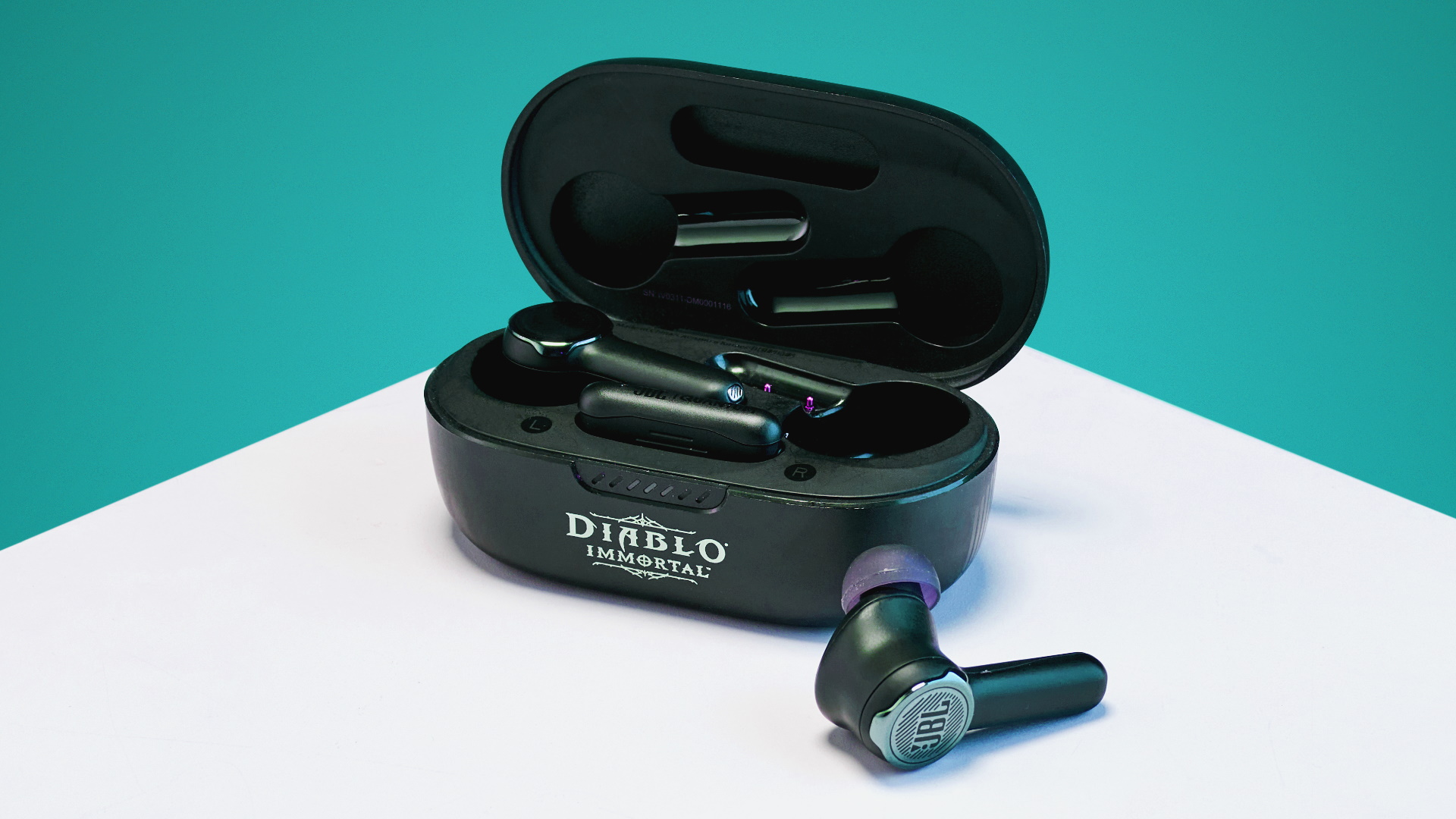
Specifications
Reasons to buy
Reasons to avoid
Once you've paired your buds via Bluetooth, or plugged your dongle into your Steam Deck, just jam them into your ear holes. They swiftly power on and connect, and you're up and running in a trice.
Honestly, that's something many of the wireless buds I've tested recently will do, and I'm eternally grateful the bad old days of headset pairing has seemingly long gone. Many of the other wireless earbuds also have touch controls, too, but few as eminently usable as the Quantums.
I do have a soft spot for Creative's Outlier Pro buds—they sound great and the noise cancelling is excellent. But I found myself constantly infuriated by the controls, or rather the complete lack of control as I'm jabbing at the earbuds in order to double tap and get them to just damn well pause for a second so I can buy a bus ticket.
The JBL Quantums, on the other hand, are easy to use and have a basic single tap on the right bud to pause and play, and the same on the left bud to cycle through active noise cancelling, ambient aware, or sound control off. It's straightforward, easy to access, and doesn't frustrate the process.
Many of the other wireless earbuds also have touch controls, too, but few as eminently usable as the Quantums.
That noise cancelling is decent, too, even if it does inevitably cut down the battery life from eight to five hours. Using the JBL phone app you can tune them to your ear canal, to further enhance the ANC as well. I would say, the Outlier Pro buds do have the edge when it comes to completely blocking the outside world, but the Quantum buds are still impressively effective.
But what about the audio quality? I've said they're not the best-sounding buds I've tested, but the sound quality is good. I would steer clear of the QuantumSURROUND feature if you're running them from the USB dongle on your desktop PC, though—I almost blew out my eardrums with the unreasonable bass thuds in Red Dead Redemption 2 from just a short gallop through the desert cacti.
With that off the bass tones are more subtle. And, in fact, I did bump the EQ to Bass over the Bluetooth connection in order to squeeze a little more feeling out of The War on Drugs, but in general they sound better with a flat EQ. The JBL app will also allow you to enable game mode, which helps sync game and video audio, but the fact you can jam the Type-C dongle into your laptop or Steam Deck and play without delay makes the Quantums incredibly versatile.
And they're affordable, too. Considering that the Audeze Euclids—easily the best-sounding earbuds I've ever used—are AU$2,199, that the JBLs are more usable on a day-to-day basis and a tenth of the price is pretty astounding.
I have options for better-sounding, longer-lasting earbuds, but I'm going to stick with the JBL Quantum TWS buds. The still sound good, last a decent amount of time, and are the most versatile and easy-to-use set around. I am most definitely sold.
Read our full JBL Quantum TWS earbuds review.
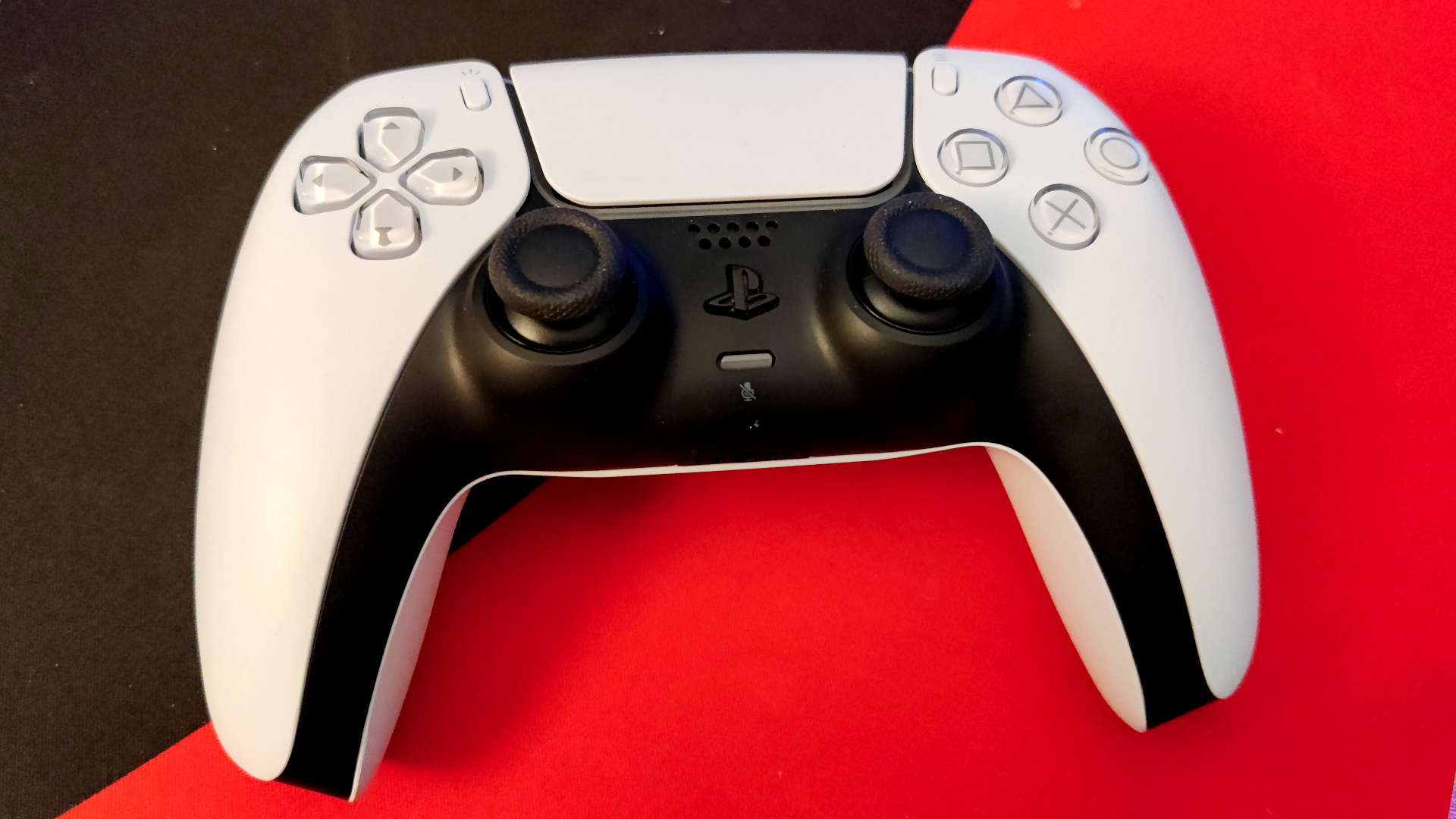
2. Sony PlayStation 5 DualSense wireless gamepad
Our expert review:
Specifications
Reasons to buy
Reasons to avoid
One of the greatest freedoms I've experienced with the Steam Deck is being able to set it down, either with a dock or a kickstand, and use a Bluetooth controller to play games. The PlayStation 5 DualSense controller most of all, due to its sleek look, negligible weight, and ease of pairing.
There's nothing like being free of wires, especially when the old, wired controller I was using was having major connection issues and I literally couldn't move without it disconnecting and my character walking off in a random direction—usually into danger.
It's durable and relatively affordable compared to the main alternatives.
The major alternatives, of course, are Valve's own Steam Controller and the Xbox Elite Series 2. The latter being the stronger contender as I simply cannot abide the lack of right joystick from the Valve controller. Although the Series 2 does line up when it comes to button labels, it lost my vote as it's a little too expensive, and the weight sort of negates the supreme portability of the Steam Deck.
With the DualSense, you still get a trackpad (one that's tucked out of the way unlike with the Valve controller) and the haptic feedback is fantastic, along with the superb adaptive triggers. It's durable and relatively affordable compared to the main alternatives at AU$119, too (though you'll normally find it for around AU$100 or slightly less).
The DualSense connects with the Steam Deck with no issues, and will reconnect automatically as soon as you turn it on as long as the Deck's Bluetooth is also on. It doesn't have a tendency to drop connection either.
The only real problem is when it comes to battery life—ten hours is a little on the short side, especially when you get four times that with the Elite Series 2. The only way to set it to turn off after a shorter period (default is 15 mins) is to go into desktop mode and use Steam Big Picture. It's a hassle but worth it to keep that battery going a little longer. You can even change the light colour there which is always fun.
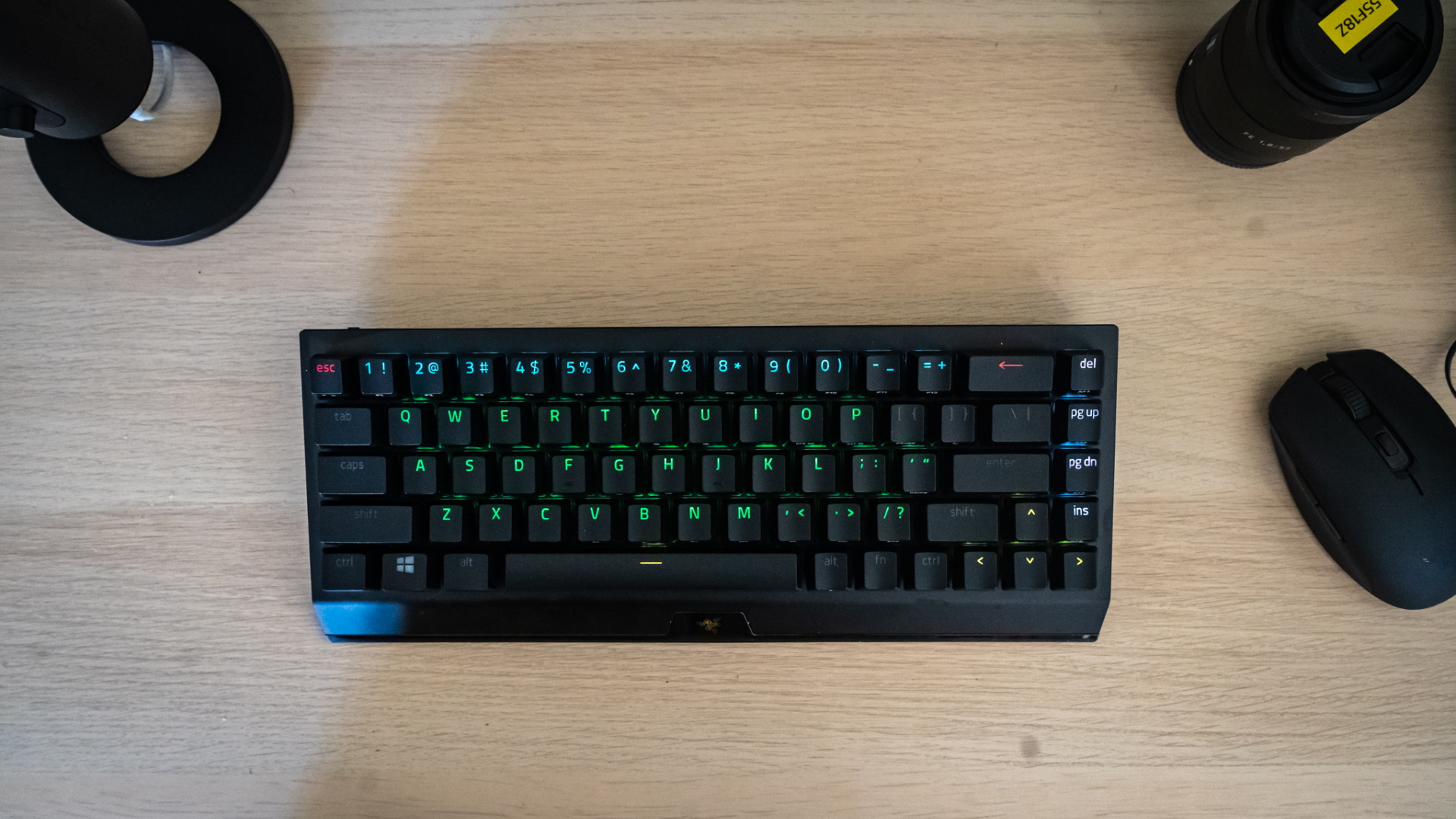
Specifications
Reasons to buy
Reasons to avoid
It would be a crime for us not to recommend a keyboard for the Steam Deck. It's such a diverse little machine with desktop mode, though typing with that on-screen keyboard is more than a pain. It makes sense to add some portable peripherals to your arsenal, and what better than a keyboard that lets you connect more than one peripheral to its dongle.
While there is the choice to go with all Bluetooth peripherals for the Deck, having a bunch of things connected like this can cause some interference. The best option then, especially when you're working with limited ports such as that of the JSAUX Steam Deck dock or similar, is to go for a gaming keyboard that's dongle has multi-device support. The BlackWidow V3 Mini HyperSpeed has that option, meaning you can use the same dongle to connect either the Razer DeathAdder V2 Pro, Naga Pro, or the Orochi V2.
Of course, it means you're limited in your choice of mice to pair with it, but you can always swap out for a Bluetooth mouse. There is also the option to connect via USB Type-C or Bluetooth, if you're working without a dock.
If you're planning to do any amount of typing, the cursor keys will come in handy.
Something the BlackWidow V3 Mini HyperSpeed has over other portable keyboard options, as a 65% keyboard it comes with the all important cursor keys (arrow keys). If you're planning to do any amount of typing, the cursor keys will come in handy.
You'll probably want to use this keyboard without the lighting as it can drain the battery something chronic, but overall it's a great option to pair with the Deck for gaming. It's got all the usual bells and whistles for gaming, too, of course: N-Key rollover, fully programmable keys and 1,000Hz 'Ultrapolling.'
There's even the option to go for the sound-dampened yellow key switches, in case you're not in the mood to be a public menace with the Razer Green clicky switches.
Read our full Razer BlackWidow V3 Mini HyperSpeed review.
Best Steam Deck protection

1. Jsaux protective standing case
Our expert review:
Specifications
Reasons to buy
Reasons to avoid
The Jsaux Protective Standing Case is a simple solution to two problems you'll undoubtedly have come across when using the Steam Deck: the inability to prop it up without blocking the exhausts, and the fear of the shell being damaged. While these seem relatively insignificant, they can make all the difference to the ease of use, and bring peace of mind when moving around. Practical, durable and pretty darn stylish, Jsaux has hit the mark with this one.
The Steam Deck is a heavy little machine at 640 grams, and frankly you can't be expected to hold it up through every exhaustive cutscene your game throws at you, or while you're waiting for something to load.
Along with the protective case being textured to prevent the deck from slipping when your hands get sweaty, there's a nifty little kickstand for when your arms get tired. It pops out easily, with enough space to get your thumb round it even if you don't have nails.
It even seems to improve the ergonomics ever so slightly, with the shell exaggerated just where it feels right.
The stand is wide enough that there's no shaking and the thing snaps on easily, too. There are the necessary holes for ventilation, of course, and you've even got a little window on the back, in case you've decided to adorn the case with some kind of sticker. It even seems to improve the ergonomics ever so slightly, with the shell exaggerated just where it feels right.
The only real downside is that some cables may be the wrong shape to fit in the hole for the charging port, and that the case's seam sits on your palm and gets dirty relatively easily, making it all the more prominent. Having the case on also prevents the Deck from fitting inside Jsaux's own-brand docks, meaning you'll have to choose between the two. Otherwise I've no major complaints.
It would have been nice to have had the option to adjust the kickstand, but it's not a glaring issue, and for the low price of AU$29 it's well worth it if you're not planning on docking too often but still want your Deck to stand to attention.
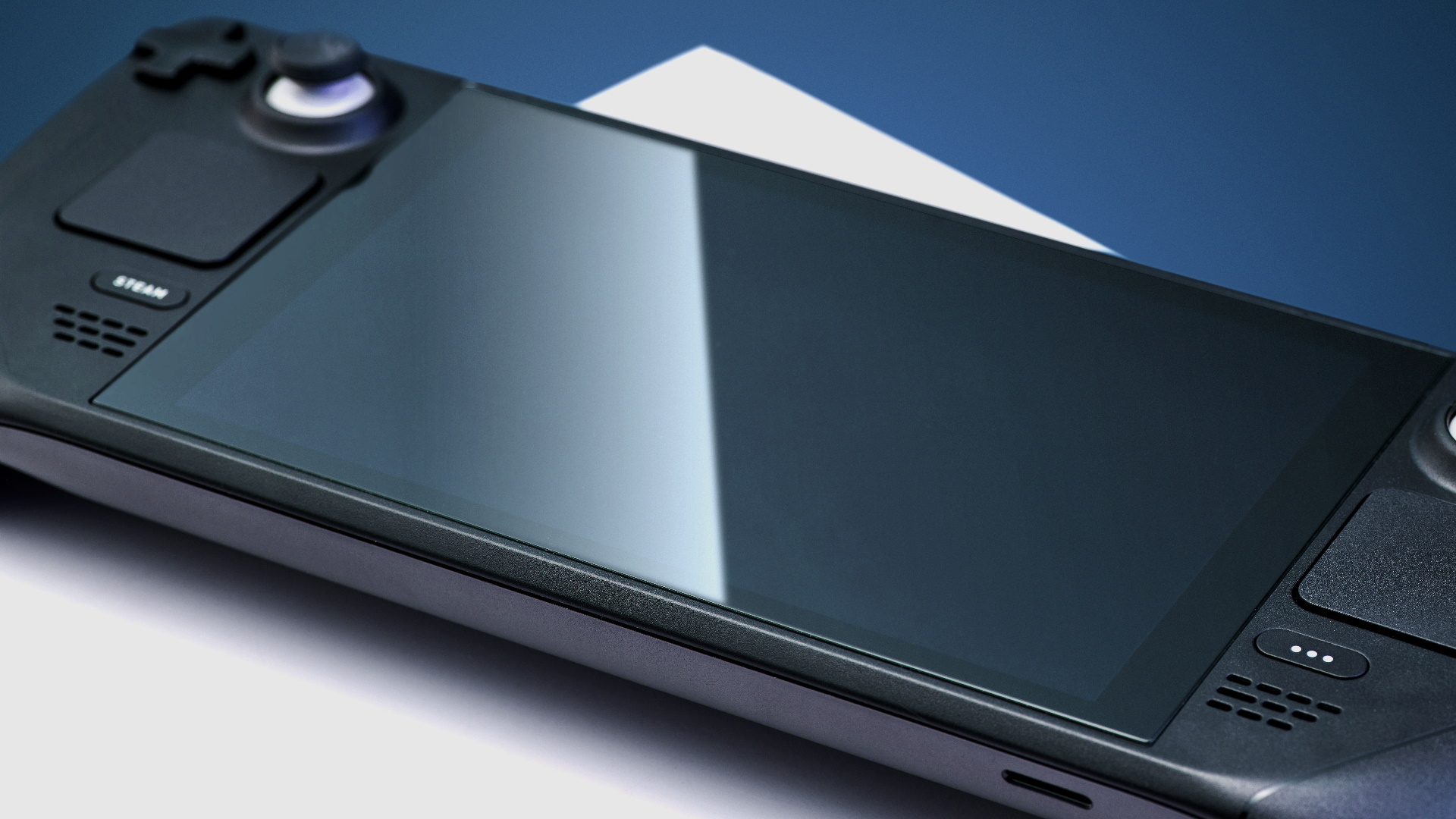
2. Jsaux tempered glass screen protector
Our expert review:
Specifications
Reasons to buy
Reasons to avoid
I had no major issues applying the Jsaux screen protector. In the box you get a nifty card to smooth out the bubbles, dust removal stickers and wipes, applicator guide stickers, along with an easy to follow step-by-step installation guide.
It was even forgiving when a sneaky eyelash got under one of the corners. I was able to gently peel back the corner a little to remove the intrusion without the thing snapping in half. That says something about the durability and flexibility of the glass, even with it being quite thick. The thickness is pretty evident, too, though there's nothing special to note there—9H hardness is pretty standard across the market.
The protector matches the size of the screen down to the millimetre, which is great and means you don't get that annoying overhang. I was underwhelmed with the apparent "oleophobic coating" meant to reduce fingerprints, as it doesn't seem to make a difference for me.
The big problem with the tempered glass protector is the fact that its shininess sadly negates one of the main selling points of the top-end, 512GB Deck: the anti-glare screen that actually makes the Deck playable in bright sunlight. Still, it's certainly worth that tradeoff to keep the screen safe, especially when you get two for just AU$17. I guess that's in case you're one of those people whose luck dictates an imminent drop the day after putting a screen protector on.
Best Steam Deck carry cases
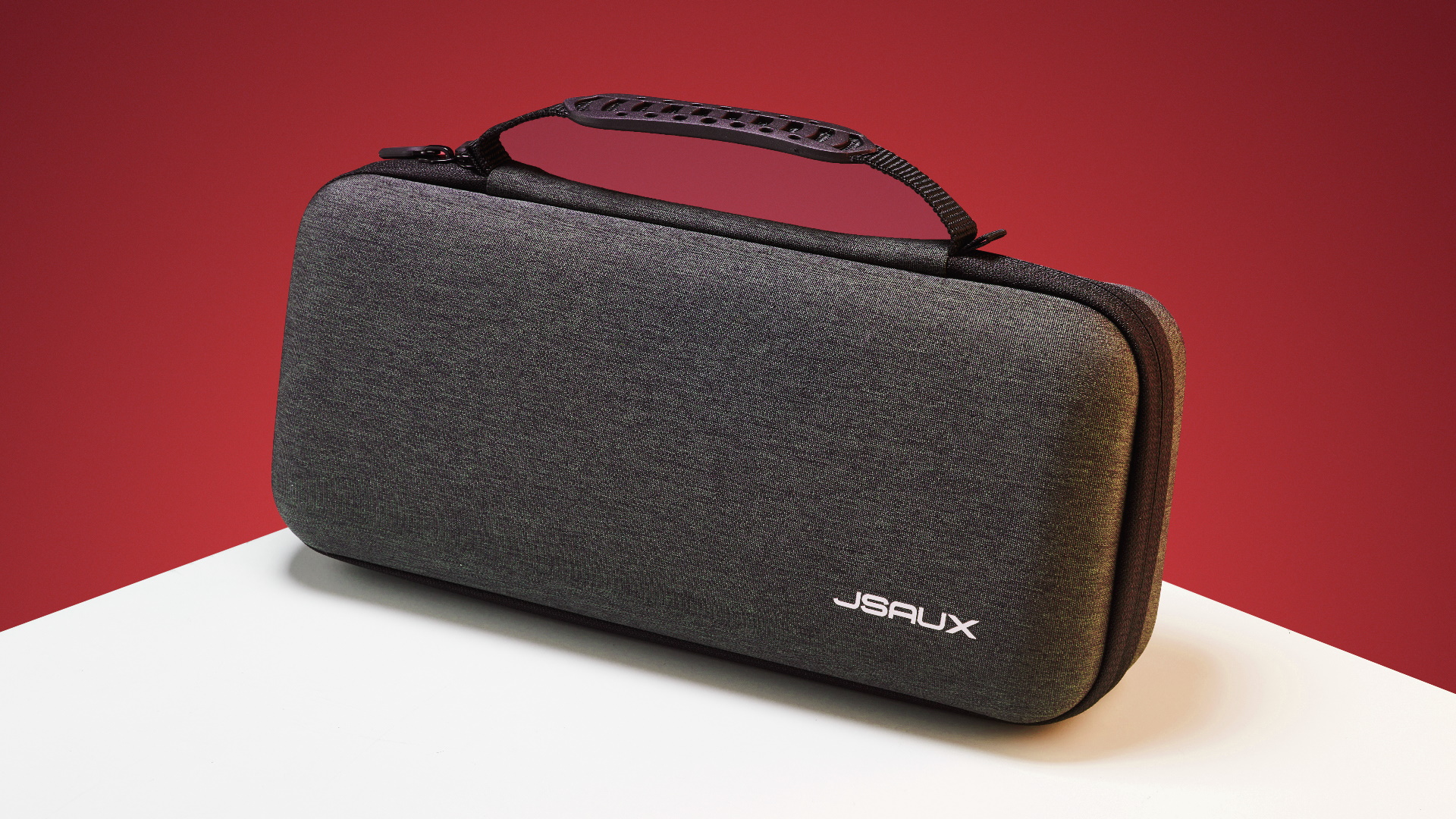
1. Jsaux Steam Deck carrying case
Our expert review:
Specifications
Reasons to buy
Reasons to avoid
Just an inch or so thicker than the original Steam Deck case, the Jsaux Carry Case is hands down the best carry case I've seen around. While it doesn't have a long strap or masses of space inside, it's super durable, neat looking, and great for consolidating a bunch of small accessories. It even doubles as a stand for when you want to prop the Deck up.
With the Steam Deck's official case, there's a recess on the outside covered with a strap which no one really knew the purpose of. Then with the 512GB version you even get a little baggy that seems to fit in the outside recess quite snugly. The issue being, even if you do manage to fit any accessories in there, you're risking them falling out being on the outside like that.
The handle makes me feel confident enough to swing my Deck around.
This case inverts that outer recess, and expands it so you get a sizable nook for storing chargers, docks, wires, and even earbuds. Sadly the official UK charger doesn't fit in there as our plugs are awkward, but if you can get a charger where the plug slides off that quickly becomes a non-issue. I'm using a MacBook charger, myself. Alongside it, there's even space left over for wires and perhaps even a small mouse or some earbuds.
It's a stylish looking case with a grey and black flecked shell, and the covered zip makes it look all the more refined. The handle makes me feel confident enough to swing my Deck around. When I'm done being a hooligan the internal fleece flap protecting the screen not only turns into a stand, it also has a little net pocket with five individual compartments for SD cards—though I'm not sure anyone will ever need that many.
The main thing is that the case is sturdy and practical, without being too bulky and awkward. It's only AU$40 for something that's going to keep your deck together with all your little accessories, and safe from the ravages of that strange place we call "the outside."
Best Steam Deck power banks
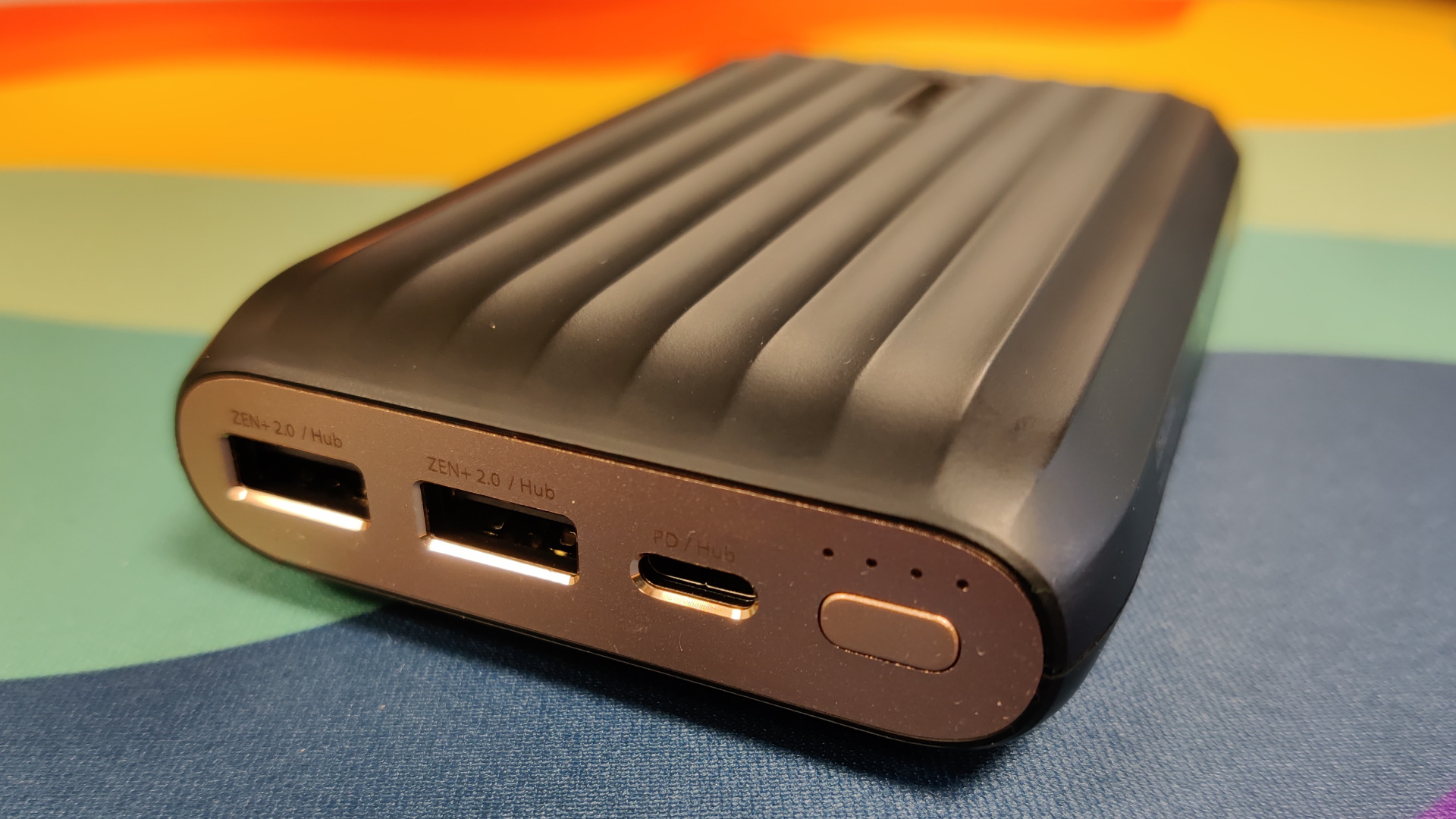
1. Zendure X5 power bank
Our expert review:
Specifications
Reasons to buy
Reasons to avoid
Recent updates
While the Zendure X5 power bank is PC Gamer's most recommended, it's not currently easily available in Australia. As an alternative, the INIU B62 comes highly recommended by our friends at TechRadar, and can easily be purchased on Amazon for AU$79.99. It boasts a 20,000mAh capacity, which is slightly higher than the Zendure model below.
The Zendure X5 is an exceptional offering for US$99. Not only is it well built, it also looks pretty darn stylish, feels great in hand, and even has groves on the outside to prevent slippage. Most importantly, it comes with support for 45W Power Delivery. What that means is the it will allow the Steam Deck to charge quickly with higher power than your average charger.
The Zendure X5 does come with a Power Delivery cable which, although it's pretty short at around 17-inches, it comes with a USB Type-C to USB Type-A adapter. Just be aware that should you try to charge the Deck with the standard USB Type-A, you'll end up with a warning that you're using a slow charger, and the Deck may eat up charge faster than it can deliver.
The Zendure X5 holds around one and one third full charges for the Steam Deck, and even comes practically fully charged which is appreciated when you're already stuck somewhere without a charging station. It'll keep you ticking along once you hit the dreaded 10% battery mark until you get to a save point, fully charge the Deck, then offer another grace period once you hit 10% battery for a second time
It holds more than enough charge for a remote gaming session or three.
Since the Steam Deck has a 5,313mAh capacity, I did expect a little more charge from a 15,000mAh battery pack, though these things never seem to line up. I also have a sneaking suspicion it continued to drain the battery a little even after it was fully charged. Either way, it holds more than enough charge for a remote gaming session or three. It took just less than two hours to fully charge the Deck, as well.
The Zendure 5X also doubles as a data transfer USB hub, in case you need to jam some files on the Deck quickly while it's charging. It's not got the speediest read/writes, but it's a great extra especially when you're tight on ports. Sadly it doesn't also work as a dock, so you can't use those extra ports to plug in a mouse and keyboard while its charging, but it should be able to give some juice to a wireless controller or headset while you're waiting.
I would have appreciated some kind of carry case for the price, but it's just the right size for most pockets and not too heavy. Overall it's one of the most practical sized, affordable power bank options for the Deck.
Is a Steam Deck dock worth it?
It really depends how you plan to use your Steam Deck as to whether a Steam Deck dock is worth it. If you're looking to play a lot of couch co-op, use the Deck like a mini PC, or even just kick back without needing to hold it up during cutscenes, a Steam Deck Dock is super useful. It's also a tidy way to charge up your Deck while displaying it nicely on your desk, with all those pesky cables trailing behind as opposed to strewn over your desk.
If you're looking to plug your Steam Deck into an external monitor in any way, a dock will keep it standing while you work, and it'll mean you won't need a USB Type-C to HDMI/DP adapter. With a dock you can plug in a bunch of peripherals, and some even come with an ethernet port, or an M.2 slot so you can keep all your games on a speedy NVMe SSD.
You'll want to get a Bluetooth gamepad and some other wireless peripherals in order to make the most of a Dock, though—trailing cables from behind your Steam Deck just looks plain messy.
What are the best Steam Deck accessories?
Of course it depends how and where you're going to be playing it, but my recommendation for the best Steam Deck Accessories to get the most out of it is to go fully wireless. Plug in a Steam Deck dock, and sit back with a wireless controller, 65% gaming keyboard, and a gaming mouse. Even if you can't afford a dock, a hard case with a kickstand is an absolute necessity.
If you plan to take it anywhere, though, it's worth getting a slightly larger carrying case than the standard one, especially if you're going to pair the Deck with some nice, wireless earbuds as that way you'll have somewhere to stash them.
The biggest gaming news, reviews and hardware deals
Keep up to date with the most important stories and the best deals, as picked by the PC Gamer team.

Shaun Prescott is the Australian editor of PC Gamer. With over ten years experience covering the games industry, his work has appeared on GamesRadar+, TechRadar, The Guardian, PLAY Magazine, the Sydney Morning Herald, and more. Specific interests include indie games, obscure Metroidvanias, speedrunning, experimental games and FPSs. He thinks Lulu by Metallica and Lou Reed is an all-time classic that will receive its due critical reappraisal one day.
